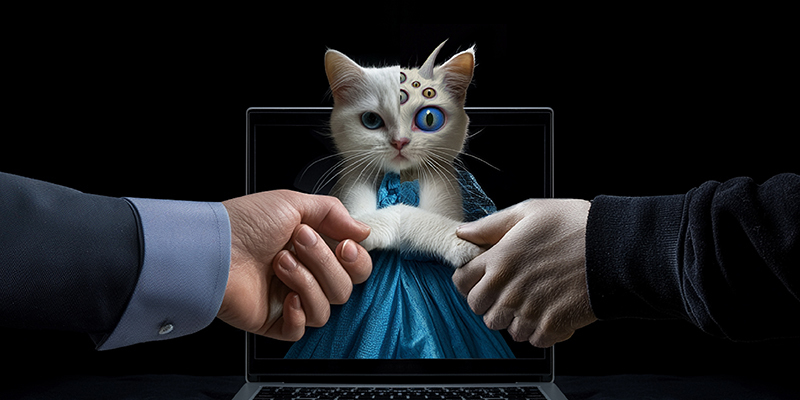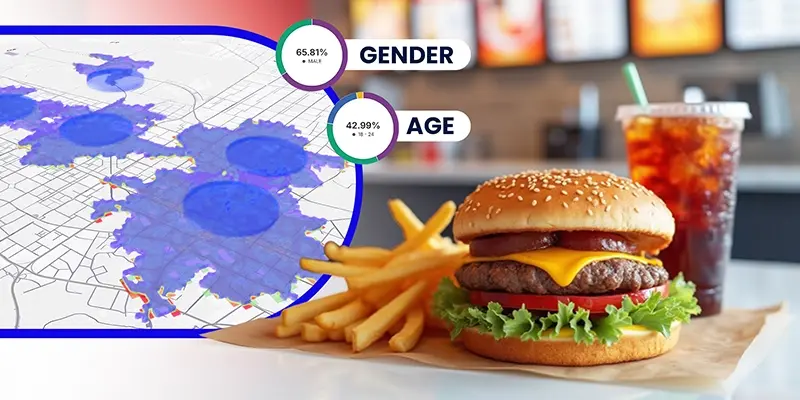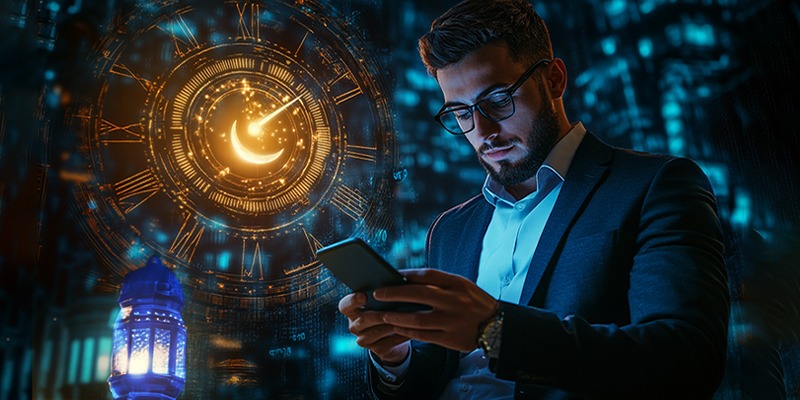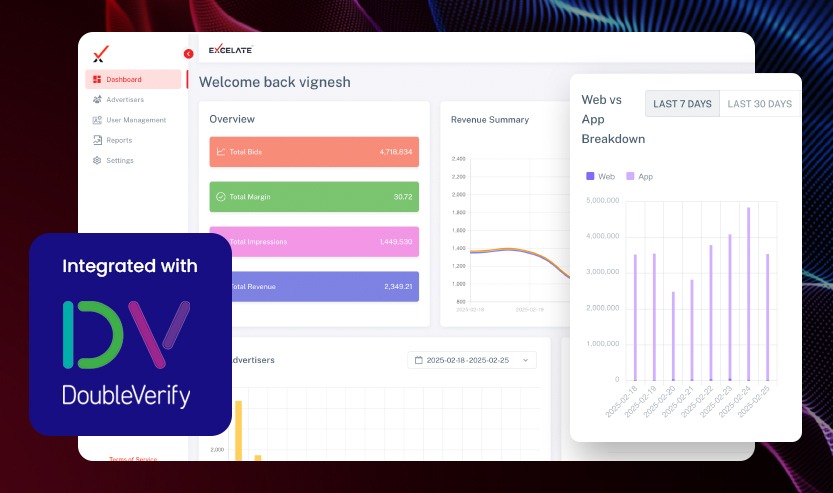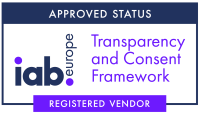Table of Contents
ToggleAI text-to-image generators have revolutionized the way creators of all skill levels express their ideas and share their inspirations. From generating stunning artwork in seconds to crafting entire brand campaigns, there’s no denying the impact of AI in the visual world.
However, as with any technology, it’s not without its quirks.
In a recent survey by AI Impact Report, 42% of marketers stated that they often experience AI visuals not turning out as expected, with some images being hilariously off-mark.
Let’s break down the benefits, the disadvantages, and the moments where you just want to scream, “No, AI, that’s NOT what I meant!”
The Benefits of AI Visuals
1. Speed and Efficiency
AI is a master of automating time-consuming tasks. In industries reliant on visual data, tools can automatically edit photos, curate massive image libraries, or even generate complex animations.
Need a stunning landscape for your next blog post? AI’s got you covered in less time than it takes to brew your coffee.
2. Cost-Effective & Accessible
AI-generated visuals offer professional-quality images without the high costs, making them accessible to everyone, regardless of resources or skills.
Small businesses and freelancers can now create stunning, professional-level content without the need for expensive software or design expertise.
3. Innovation and Creativity
When you’re feeling stuck, generative AI can jumpstart your creativity by helping you explore new ideas or draft rough concepts.
For example, you can start brainstorming with generative AI using just a simple text prompt. It’s as easy as describing an idea, like “A cute dog riding Santa’s sleigh, wearing a red hat,” and clicking Generate. The possibilities are limitless!

Did you know? The total number of AI-generated images now represents one-third of all-time images uploaded to Instagram from 2010 to date.
The Disadvantages of AI Visuals
1. Limited Understanding (aka “Not What I Asked For”)
Even with lengthy prompts, the resulting image might still fall short of expectations. In fact, 35% of marketers using AI visuals report frequent frustrations with outcomes not matching their requests.
For example, you ask an AI generator for “People doing yoga,” and it might give you exactly that—along with some extra hands or legs for good measure! Complex prompts with overlapping details often stump the AI, resulting in strange, sometimes laughable, outcomes.

Okay, maybe I didn’t explain clearly enough that I wanted them to have hands… and only two legs.”
2. The Endless Prompt Struggle
One of the significant challenges of working with AI is the need for extreme precision in your prompts. A simple request can quickly turn into a marathon of back-and-forth tweaks.
Ah, the classic struggle—when you have to explain in 100 phrases what should have been a simple task. You spend half your day typing variations and eventually just give up.
“Alright, let’s try this again… it’s a dog, not a dragon in a tuxedo!”

Did you know? The global AI market is expected to reach $2 trillion by 2030, with AI transforming content creation across industries. (Source: GrandViewResearch)
3. Lack of Human Touch
AI can generate beautiful images, but sometimes they lack the warmth and emotional nuance that a human artist can provide. While AI excels at efficiency, it’s not necessarily designed for depth or soul. The images can sometimes feel cold or sterile, missing the subtle emotional cues that only a human touch can add.
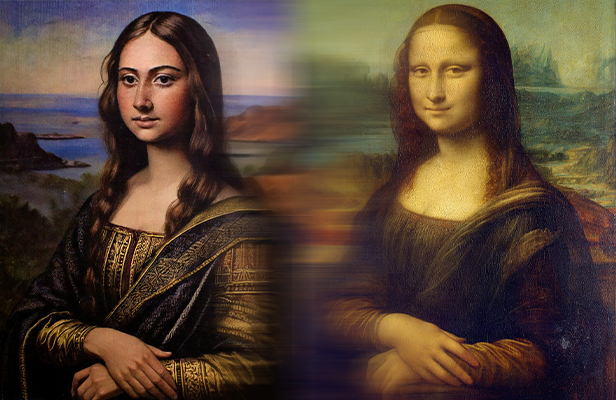
4. Overreliance on Technology
Relying too much on AI tools can lead to a decline in genuine human creativity. As users depend on AI for their ideas, creativity might become less original, and unique voices could get lost in content driven by algorithms.

A recent report shows that 29% of creatives have experienced reduced creative input when overly relying on AI tools. The key is to remember that while AI can be an excellent resource, human oversight is essential to produce emotionally resonant and accurate content.
When AI Gets It Wrong—And Why It’s Hilarious
We’ve all experienced it: that moment when AI completely misses the mark. You wanted a picture of a serene beach but somehow ended up with a purple sky and sand made of cats.
These moments are the epitome of AI visual fails, and while they’re frustrating, they’re also part of the learning process.

In a survey of AI users, 22% shared stories of bizarre and comically wrong images generated by AI tools.
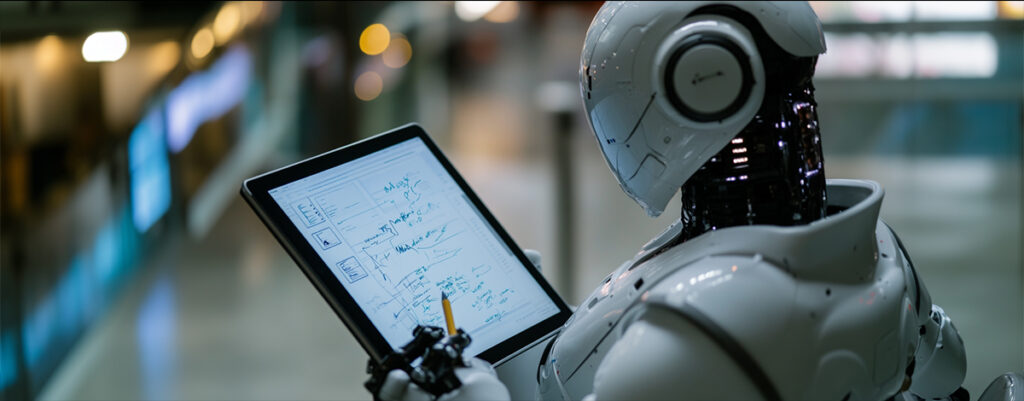
A Balance of Humor and Efficiency
The journey of AI visuals is one full of triumphs and (occasionally) hilarious fails. Sometimes, it will deliver perfection in a single click; other times, you’ll be scratching your head, wondering how your request for a cute puppy turned into a monster with three tails.
The key to success with AI visuals is balance. So, whether you’ve celebrated AI’s triumphs or laughed at its failures, keep experimenting. Your next masterpiece might be just a prompt away—or a comedy of errors waiting to happen.
